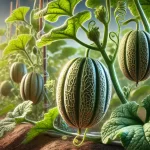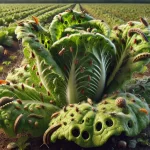A Silent but Devastating Pest
The stem borer is one of the most damaging insects for various crops in tropical and subtropical regions. Although there are different species known as “borers,” the most common in many production systems is the stem borer, which can affect corn, sugarcane, papaya, avocado, fruit trees, and more. This pest acts from inside plant tissues, so its detection is usually late, and its management requires an integrated strategy.
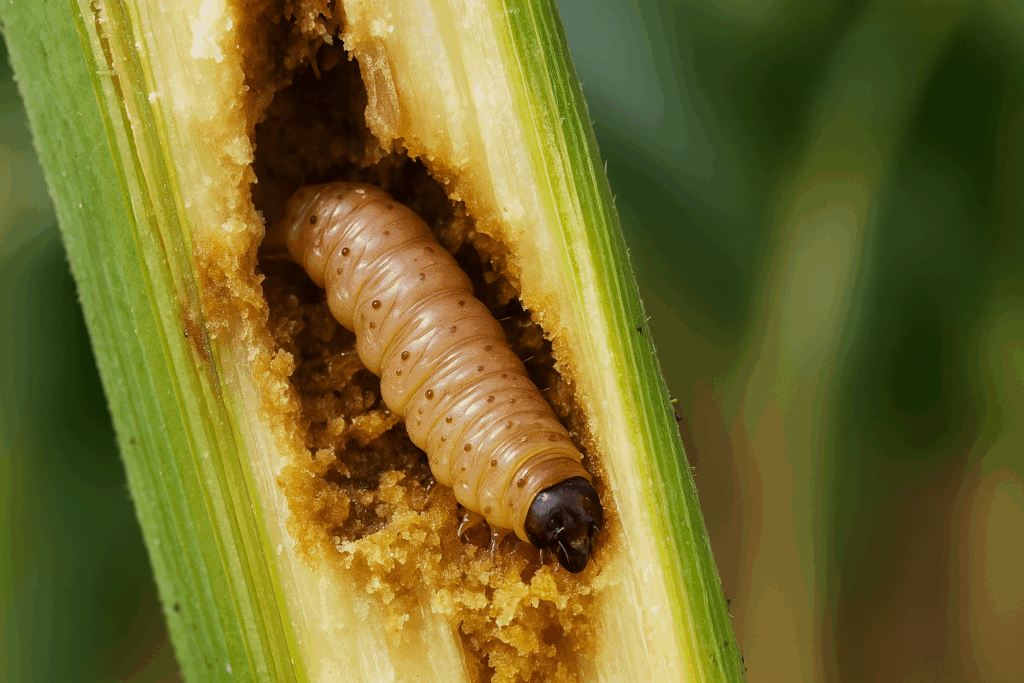
In this article, we address the key aspects for identification, biology, economic damage, and the most effective strategies for its control, aimed at both agronomists and individuals interested in gardening or sustainable agriculture.
Biology and Life Cycle of the Stem Borer
The stem borer is not a single species but a group of larvae of Lepidoptera (butterflies and moths) or Coleoptera (beetles), depending on the crop. For example:
- In sugarcane: Diatraea saccharalis (Lepidoptera: Crambidae)
- In fruit trees and papaya: Carmenta spp. (Lepidoptera: Sesiidae)
- In avocado and coffee: Heilipus spp. (Coleoptera: Curculionidae)
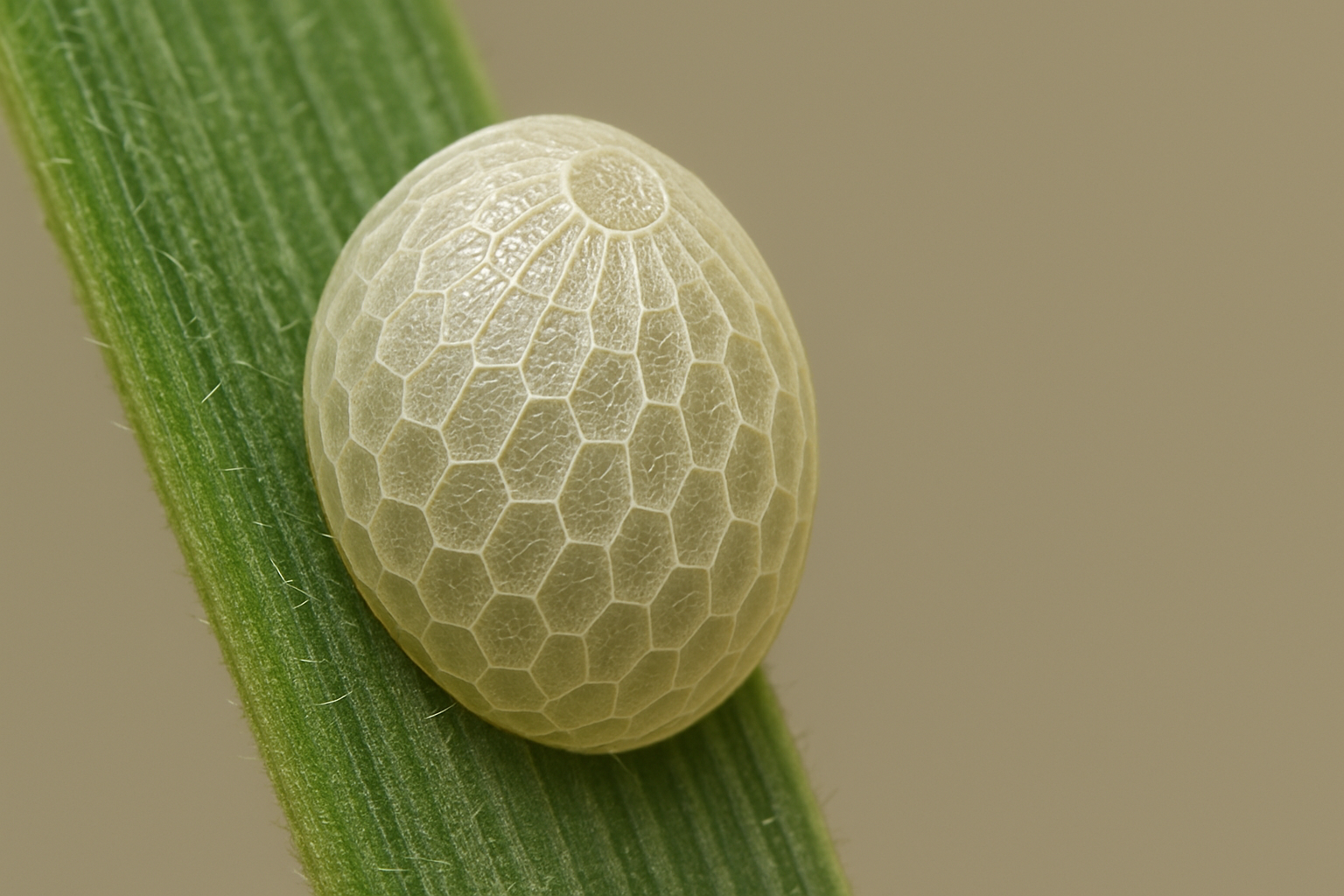
Phases of the biological cycle:
- Egg: deposited near the axils, bark, or on the underside of leaves.
- Larva: the most destructive phase. The larva penetrates stems, fruits, or branches, feeding internally.
- Pupa: develops inside the plant tissue or in the soil.
- Adult: butterfly or beetle, depending on the species. They are usually nocturnal or fly discreetly.
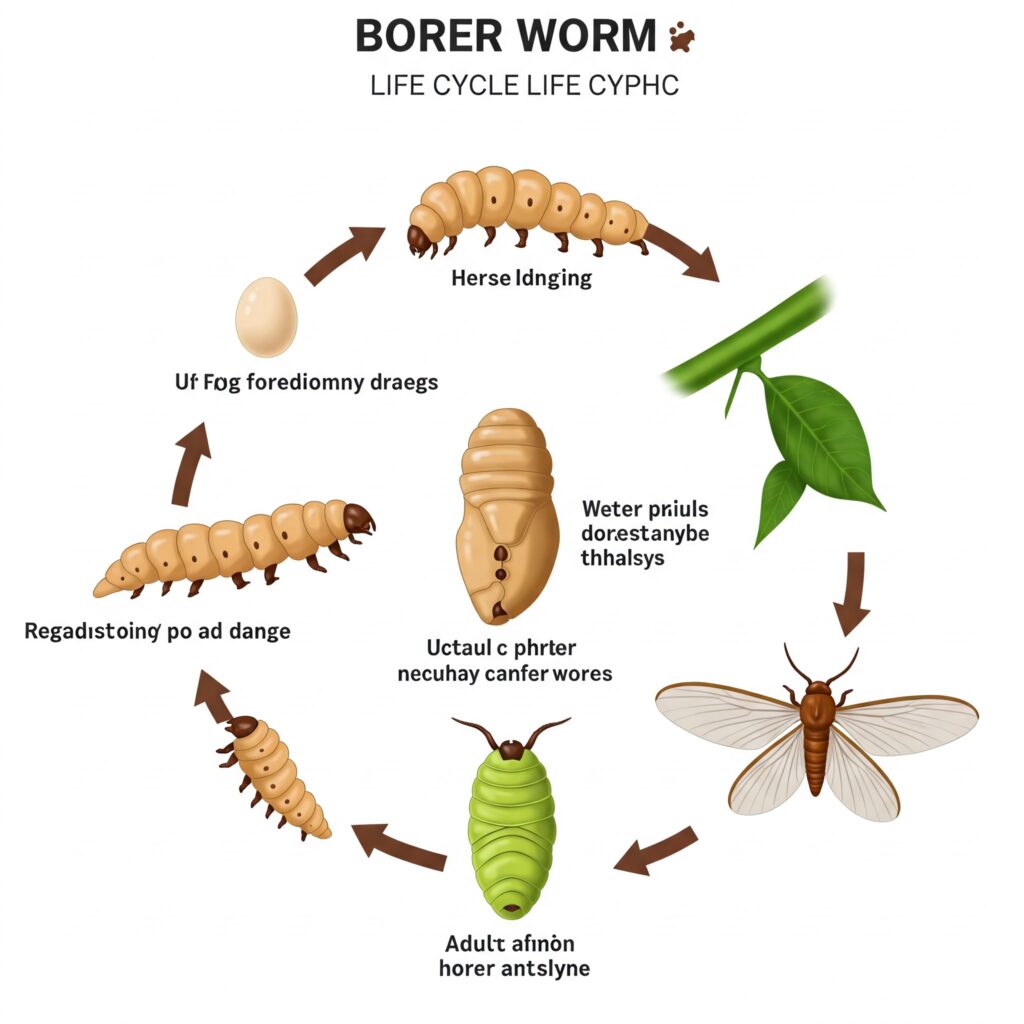
The complete cycle can last between 30 and 60 days, depending on the climate, allowing for several generations per year.
Economic Damage in Crops
The stem borer affects crop productivity by weakening key plant structures and generating secondary rots. Some examples:
- Corn: stem weakness, plant lodging, decreased ear filling.
- Papaya: penetration into the main stem, causing exudations, internal rot, and dieback.
- Avocado and fruit trees: damage to branches and fruits, entry of fungal and bacterial pathogens.
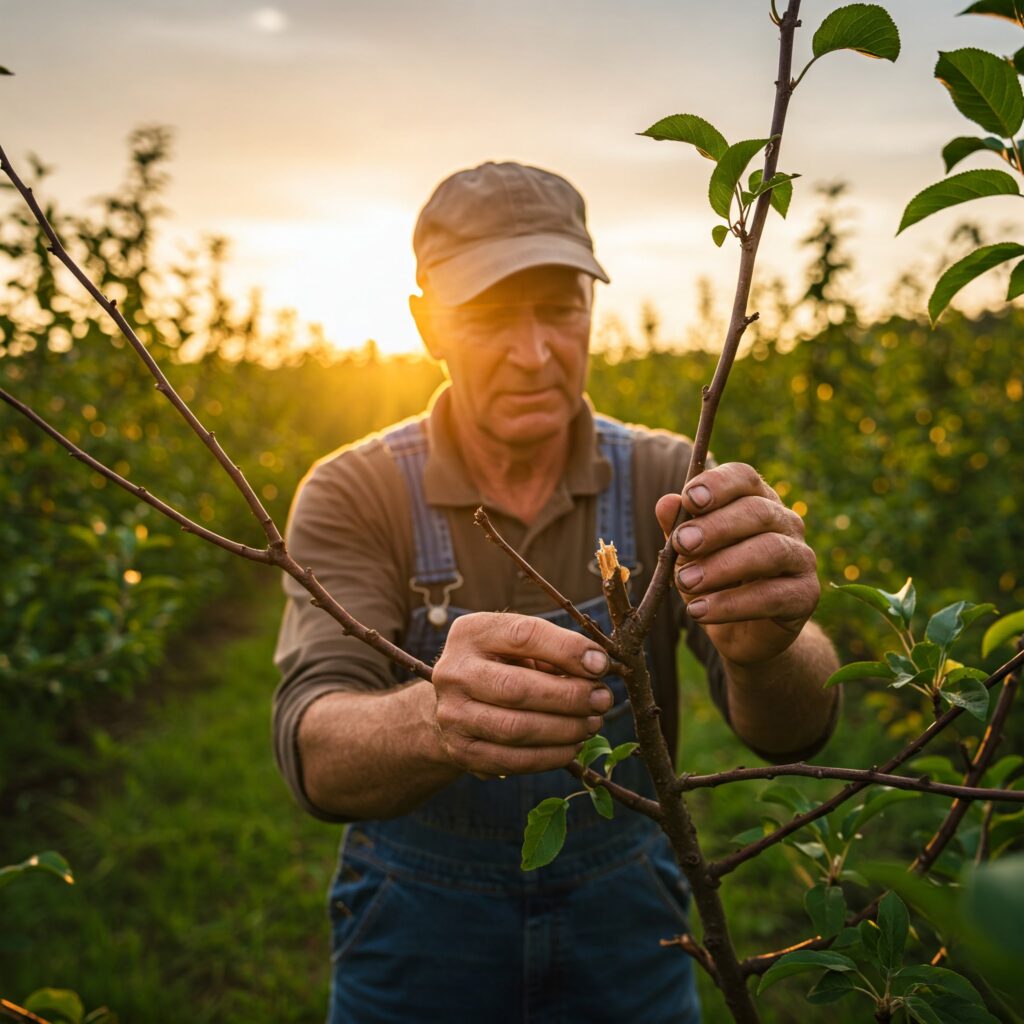
Field Identification: Symptoms and Monitoring
Since the larvae act internally, the key is to observe external signs of infestation:
Typical Symptoms
- Holes in stems, branches, or fruits.
- Gummy exudations or sap.
- Sawdust or “frass” at the base of the stems.
- Wilted leaves or prematurely fallen fruits.
- In herbaceous crops, split or collapsed stems.
Monitoring Techniques
- Weekly visual inspection during critical crop stages.
- Pheromone traps for adults, especially in papaya and corn.
- Selective defoliation to observe eggs or incipient larvae.
Stem Borer Control Strategies
Effective management of this pest requires an Integrated Pest Management (IPM) approach, which combines preventive, cultural, biological, and, if necessary, chemical measures.
1. Prevention and Cultural Management
- Crop rotation with non-host species.
- Elimination of crop residues to prevent reinfestation cycles.
- Sanitary pruning in fruit trees and papaya.
- Staggered planting dates to avoid population peaks.
2. Biological Control
- Release of parasitoids such as Trichogramma spp. (against lepidopteran eggs).
- Applications of Beauveria bassiana or Metarhizium anisopliae (entomopathogenic fungi).
- Promotion of natural enemies with hedges, nectariferous flowers, and ground cover.
3. Chemical Control (Responsible Use)
- Only when populations exceed the economic threshold.
- Use of selective products that do not affect natural enemies.
- Directed application at safe times (dawn or dusk).
- Avoid repetitive use of the same active ingredient to prevent resistance.
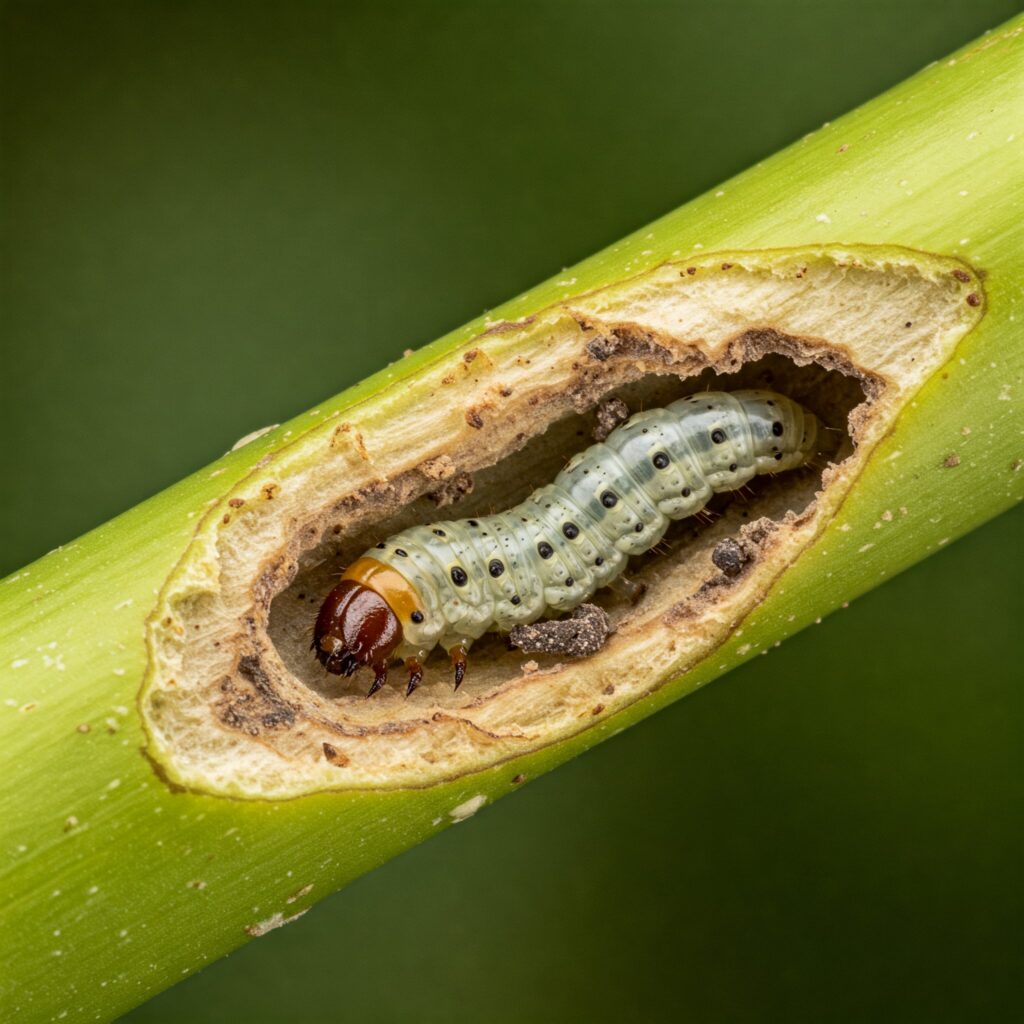
Recommendations by Crop
In papaya:
- Inspect stems frequently.
- Use traps with Carmenta spp. pheromone.
- Seal wounds with copper paste or a mixture of ash and lime.
In corn:
- Plant resistant or tolerant varieties.
- Monitor with light or pheromone traps.
- Apply Bacillus thuringiensis in vegetative phases.
In avocado and fruit trees:
- Perform frequent pruning and remove infested branches.
- Apply pheromone traps during budding periods.
- Monitor for pest entry through preventive scouting.
Conclusion: Early Action and Integrated Strategy
The stem borer represents a serious threat to many crops if not detected and managed in time. Early action based on constant monitoring and the integration of multiple management strategies is key to avoiding economic losses and minimizing the environmental impact of chemical control.
Sustainable agriculture requires a thorough understanding of the pest’s biology and the promotion of natural enemies as part of the solution.
 AgronoBlog – Agriculture Blog
AgronoBlog – Agriculture Blog 
